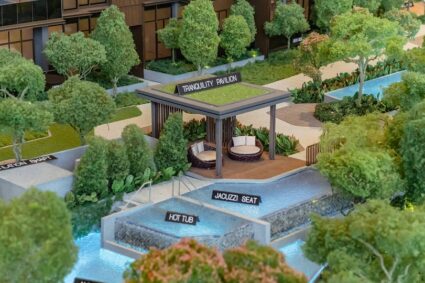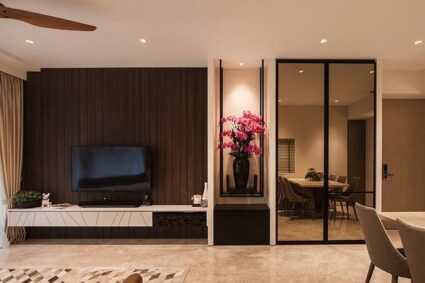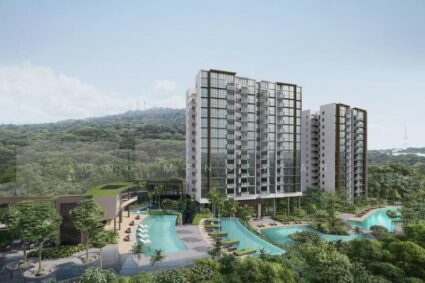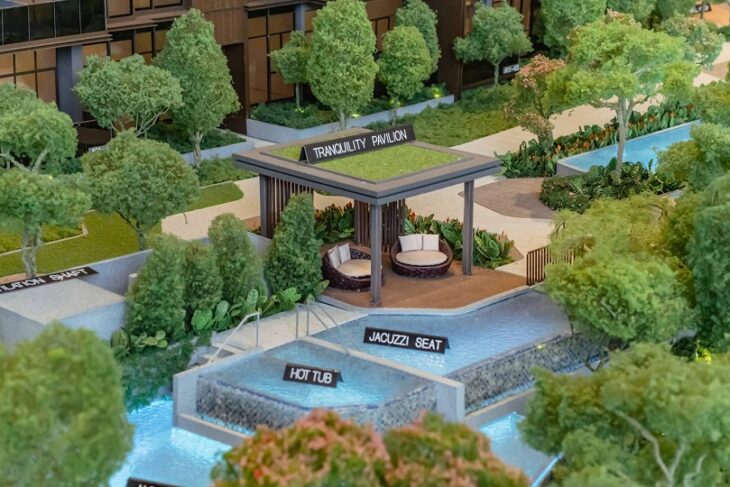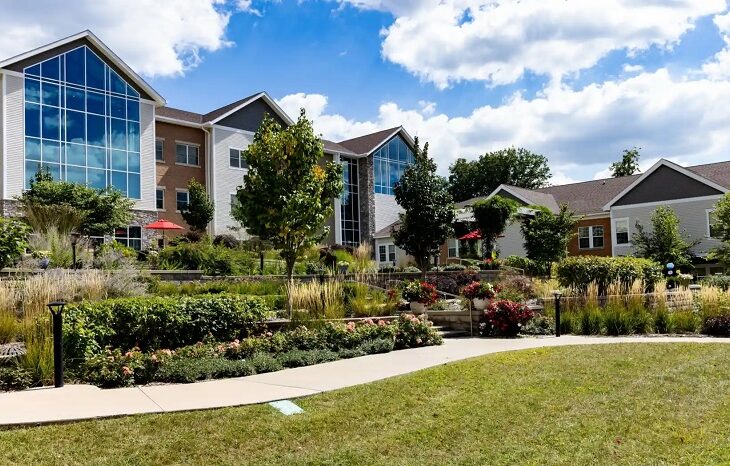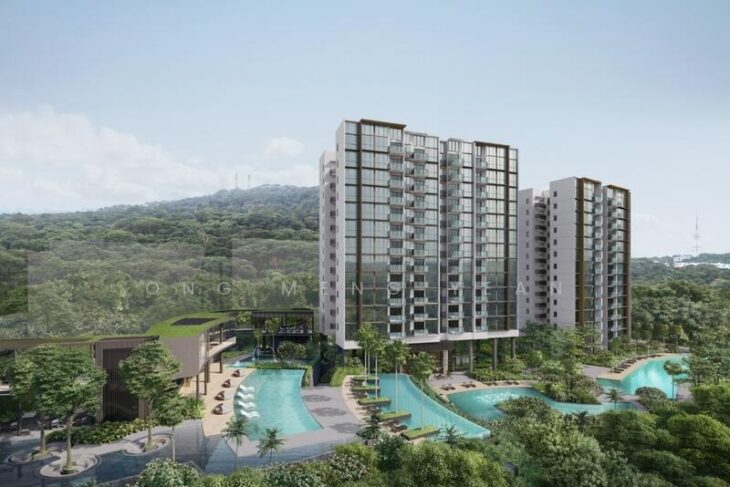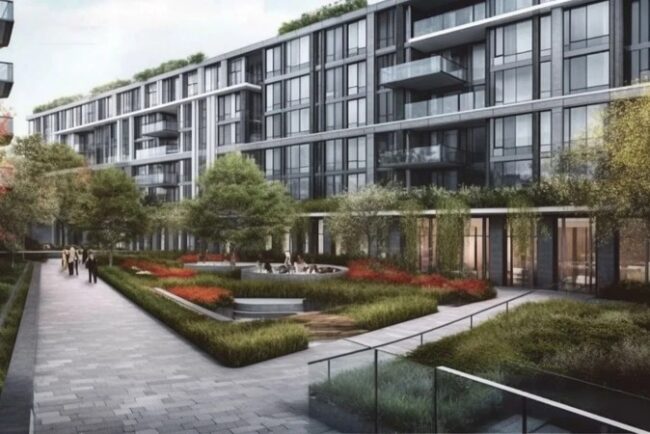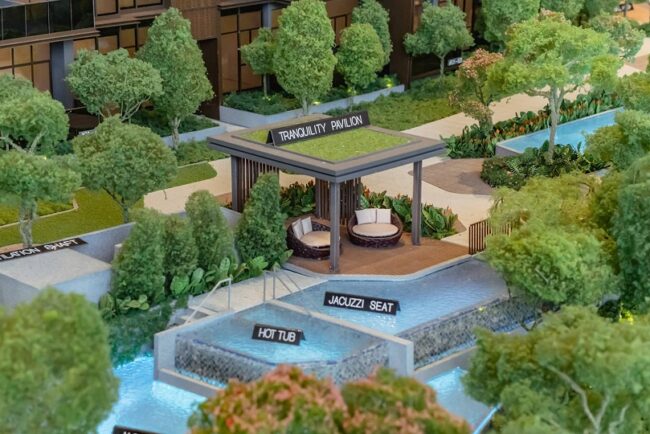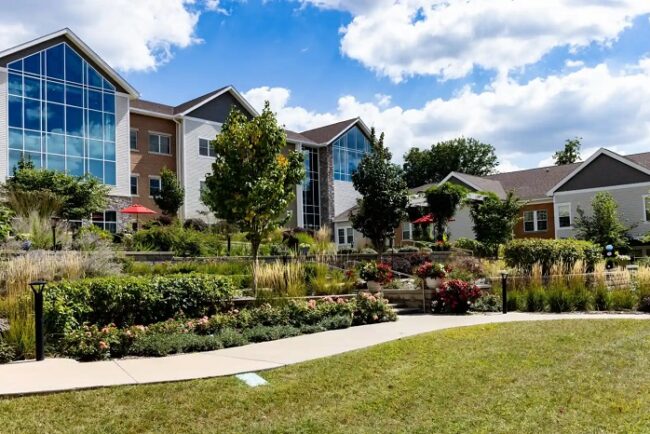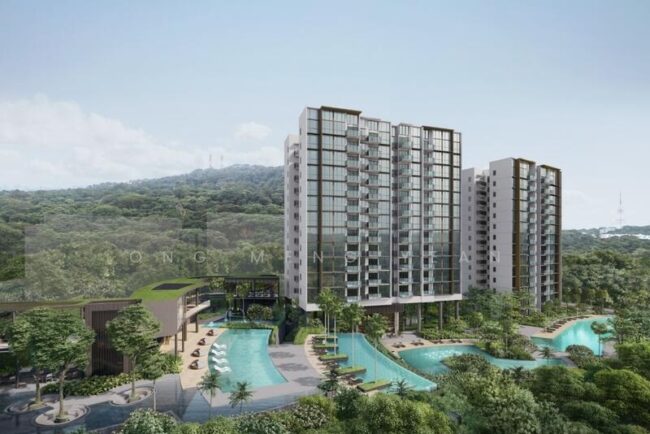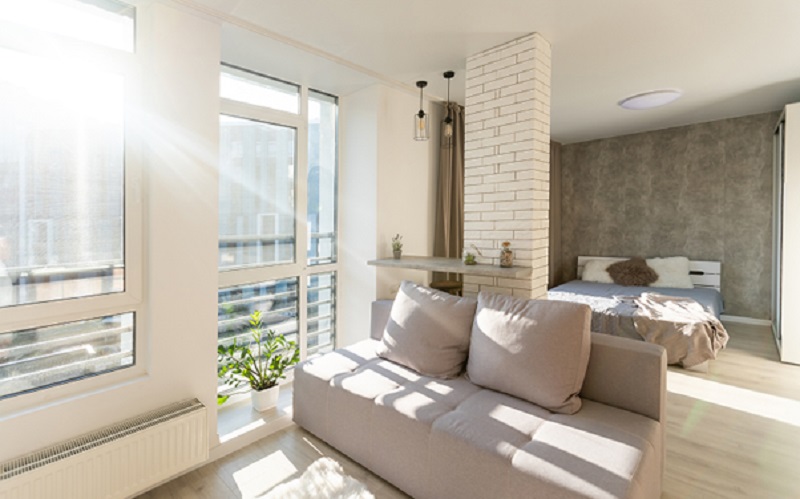
Home renovation in Singapore can be equal parts exciting and overwhelming. From the cost of interior design renovation to the logistics of scheduling and material choices, things don’t always go according to plan. Many homeowners dive into projects only to face poor space usage, budget overruns, and decisions they later regret. A well-thought-out approach helps to avoid those headaches.
This guide outlines key strategies to avoid the usual pitfalls. Each section addresses a common issue and offers a solution rooted in practical interior design knowledge, ideal for residential interior design projects across different flat types and housing styles in Singapore.
Start With Realistic Planning
Most renovation frustrations begin with vague goals and shifting expectations. Before lifting a single tool or browsing furniture catalogues, clarify your objectives. Will this renovation increase space, update style, or resolve specific household needs? Pinpointing your priorities early makes it easier to align the budget and design direction. Create a practical checklist, and work backwards from your timeline to prevent surprises later.
Define How the Space Will Function
A stunning layout is worthless if it’s uncomfortable or inconvenient. Consider how you actually use your home. For instance, kitchens in residential interior design must support cooking, storage, and movement without bottlenecks. If you work from home, invest in zoning a productive area. Good design marries form with function, and understanding how your daily routine interacts with each room shapes smart renovation decisions.
Don’t Ignore Local Building Guidelines
Home renovation in Singapore comes with a fair share of regulations. From HDB renovation permits to electrical and plumbing compliance, overlooking these rules can lead to costly setbacks or even removal orders. Always check the BCA or HDB guidelines before confirming your layout or knocking down anything structural. A licensed interior designer usually handles this, but it’s wise to be informed.
Choose a Cohesive Colour Scheme
A home that feels disjointed typically suffers from inconsistent colour and material selection. Stick to a palette that runs through each room, especially in compact flats. Choose two or three dominant tones, then layer with accents. Consider natural tones for longevity and experiment with decor if you crave seasonal variety. This helps your renovation appear more polished and intentional.
Don’t Leave Lighting to the End
Lighting is often treated as an afterthought, yet it has the power to change the entire atmosphere of a room. Plan for layered lighting: general illumination, task lighting, and mood lighting. Recessed ceiling lights may work for living areas, while pendant lamps could highlight dining spaces. This not only improves usability but also highlights the textures and tones used in your interior design renovation.
Avoid Cramping the Layout With Oversized Furniture
It’s easy to fall in love with a large sofa or dramatic dining table until it eats up all your walking space. In residential interior design, scale matters. Select furniture that fits the room and leaves breathing space between items. Use built-in or wall-mounted options to keep smaller spaces open. Always measure before you buy, this simple step saves both time and money.
Resist Following Every Trend
Design trends come and go. While social media is full of enticing styles, what looks good online may not work in real life, especially in Singapore’s climate or HDB layouts. Prioritise timeless, durable materials and integrate trends through smaller pieces like rugs or lighting. This allows flexibility without locking yourself into a dated or hard-to-maintain style.
Don’t Skimp on Storage
Lack of storage quickly leads to clutter, which diminishes even the most stylish renovations. Plan for hidden storage wherever possible: under beds, in false ceilings, or built into walls. In tight spaces, vertical storage becomes essential. Speak to your interior designer about creating storage solutions that blend seamlessly into your design so they don’t stand out or make rooms feel boxed in.
Invest in Quality Where It Matters
Budgeting wisely doesn’t mean going cheap across the board. Identify where longevity and comfort matter most like flooring, kitchen cabinetry, and bathroom fixtures. These areas endure daily use, so cutting corners here can lead to premature replacements. Allocating more for these essentials allows for peace of mind, while you can save on cosmetic features like wallpaper or decor.
Communicate Clearly With Contractors
Miscommunication between homeowners, designers, and contractors is one of the fastest ways a project goes off-track. Keep written records of decisions, and confirm all details such as materials, measurements, and finishes in advance. Don’t assume verbal agreements are enough. When expectations are clearly set, delays and disputes become far less likely.
Factor in Buffer Time and Budget
Delays are not unusual during a home renovation in Singapore, whether due to material shortages or manpower scheduling. Build in an extra two to three weeks of buffer time and at least 10% of your budget for contingencies. This keeps you from panicking if things stretch a little longer than planned.
Seek Help From Industry Professionals
Trying to manage everything solo might seem economical, but it usually leads to costly missteps. Professionals bring experience, contacts, and foresight to spot issues before they arise. If you’re planning an interior design renovation or need advice on residential interior design, reach out to a qualified firm. A professional team ensures that compliance, design, and execution run smoothly.
Contact Interea to begin your renovation journey with the support of professionals who understand the local landscape.


